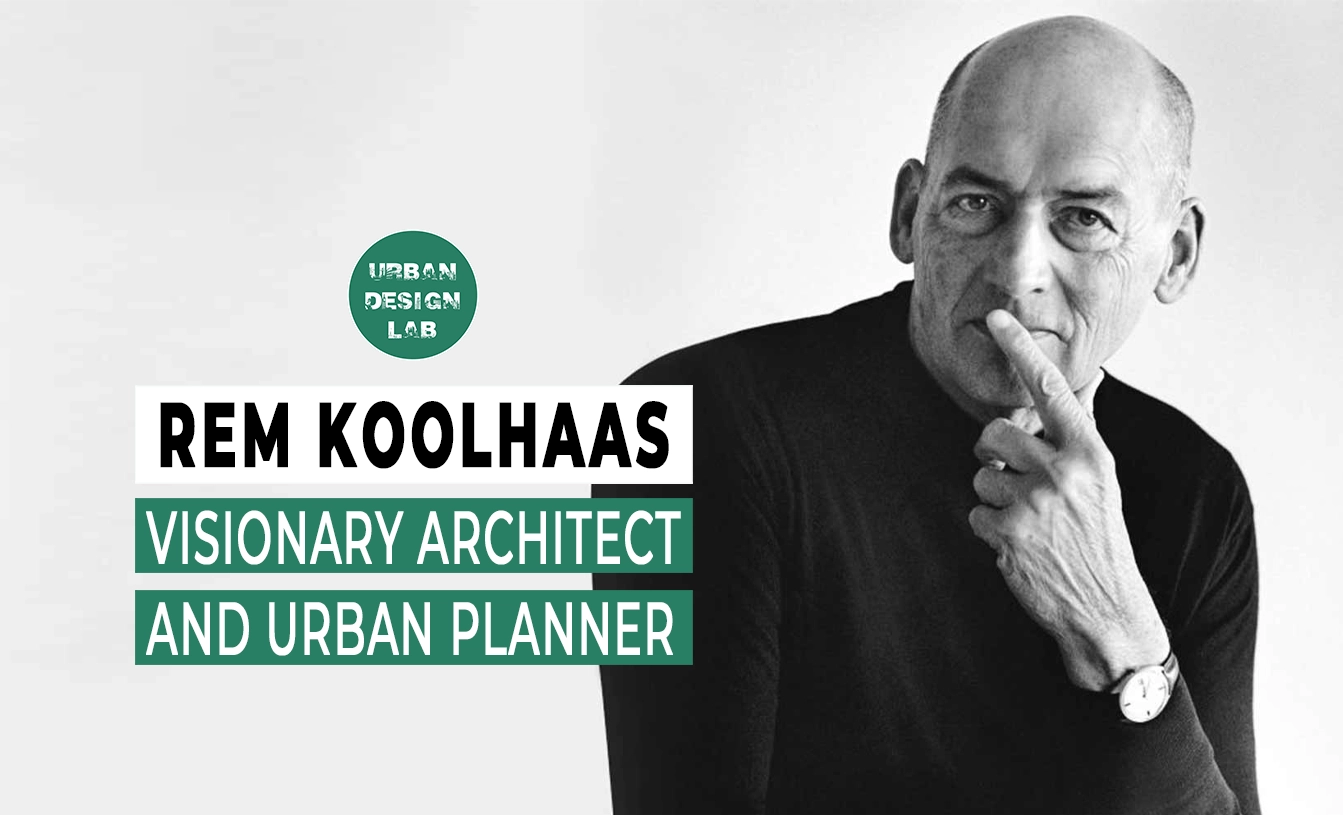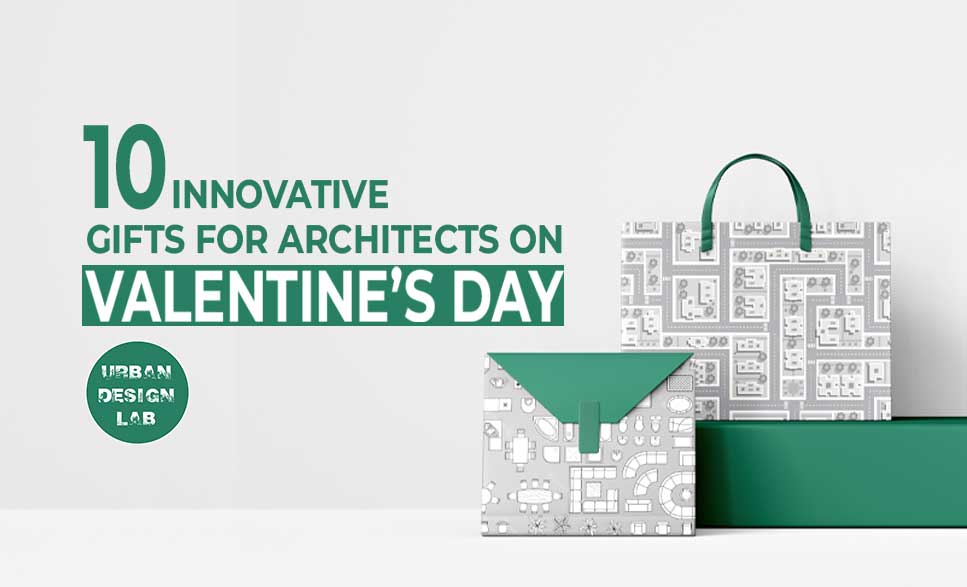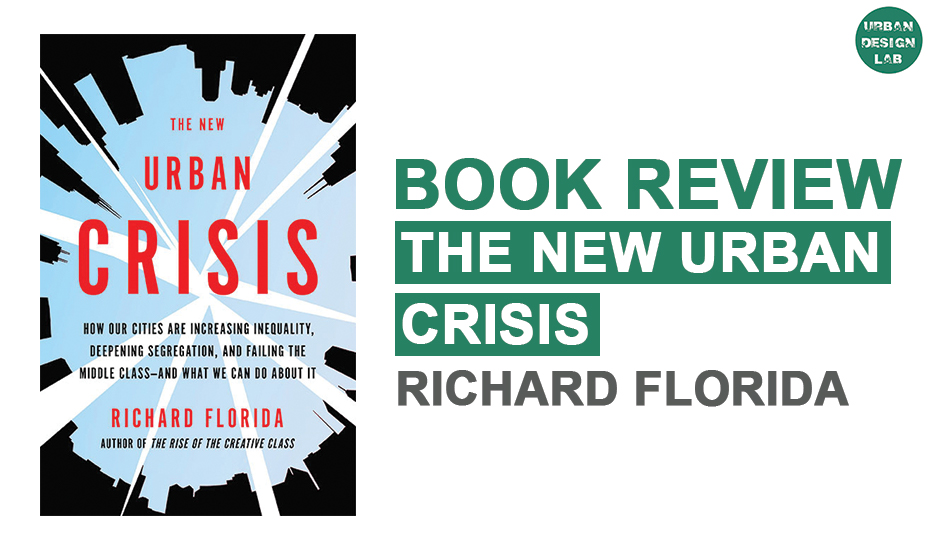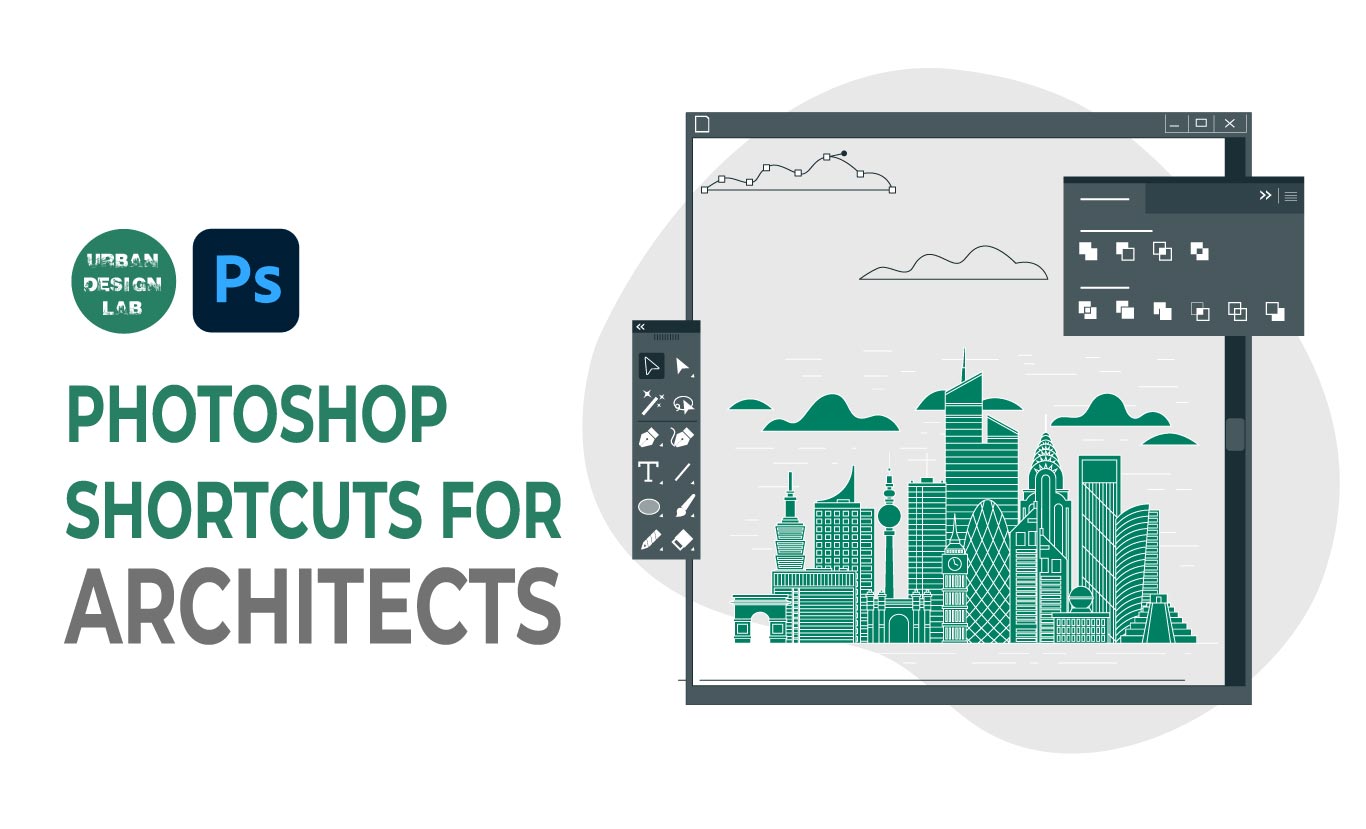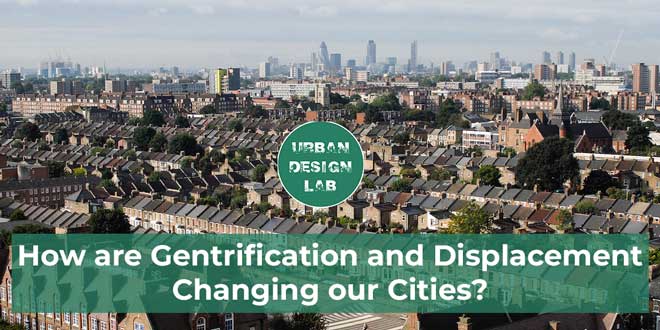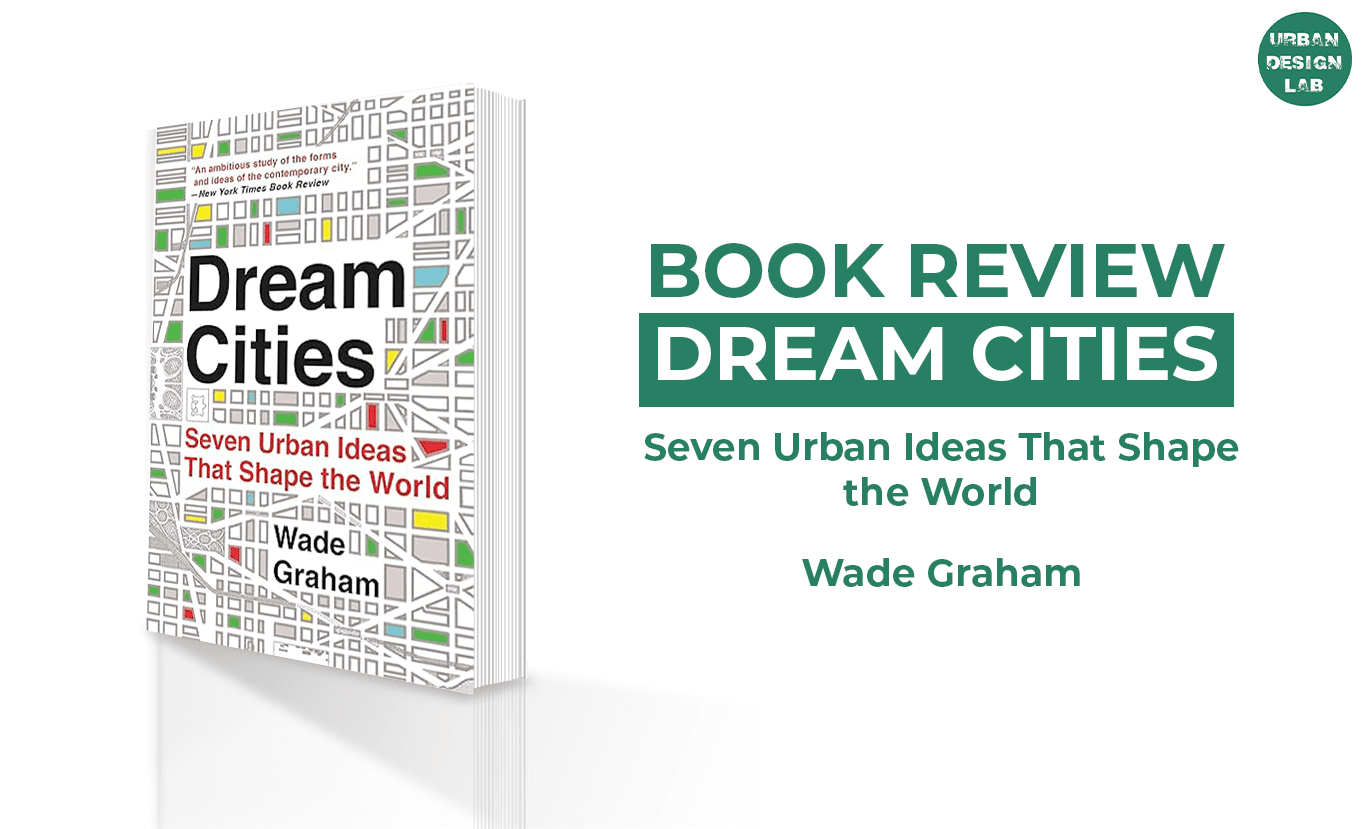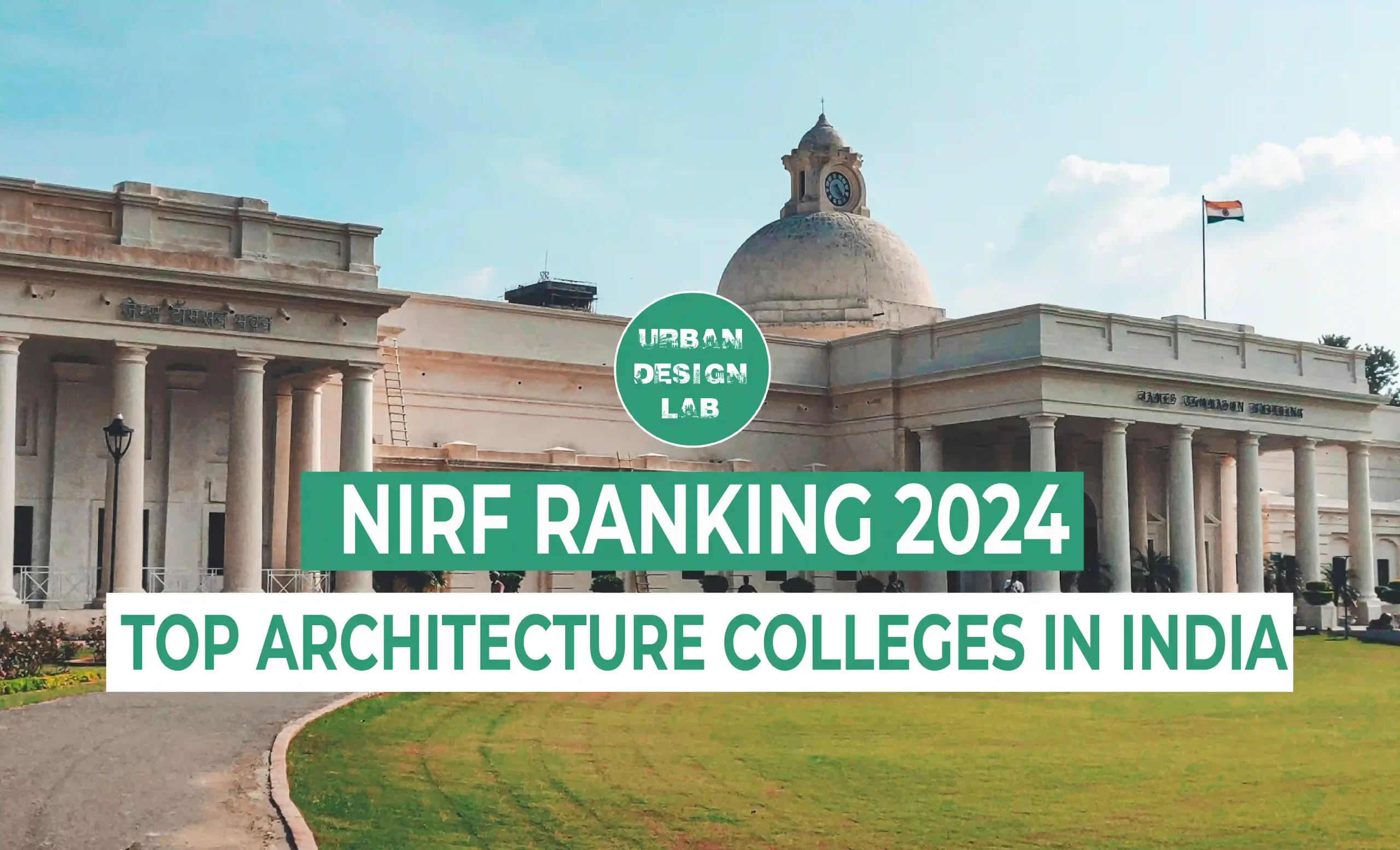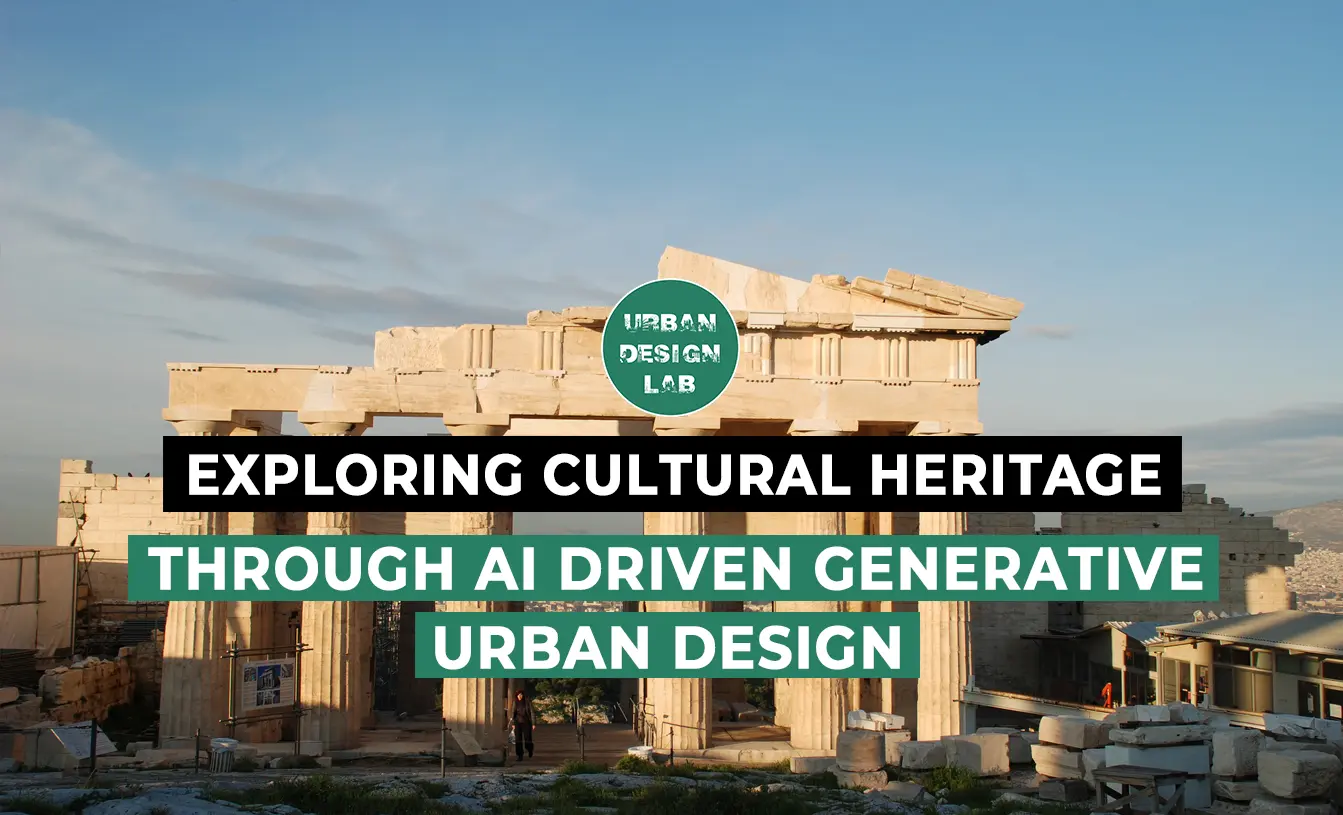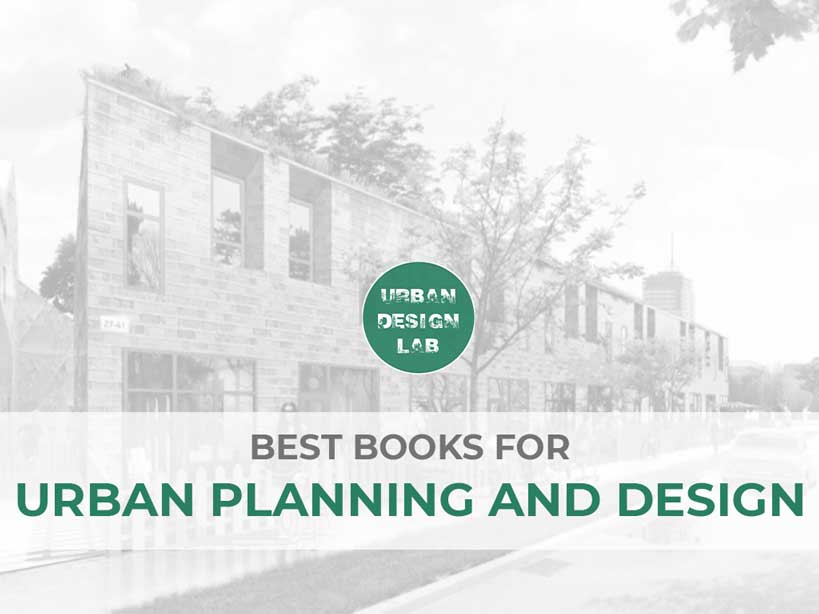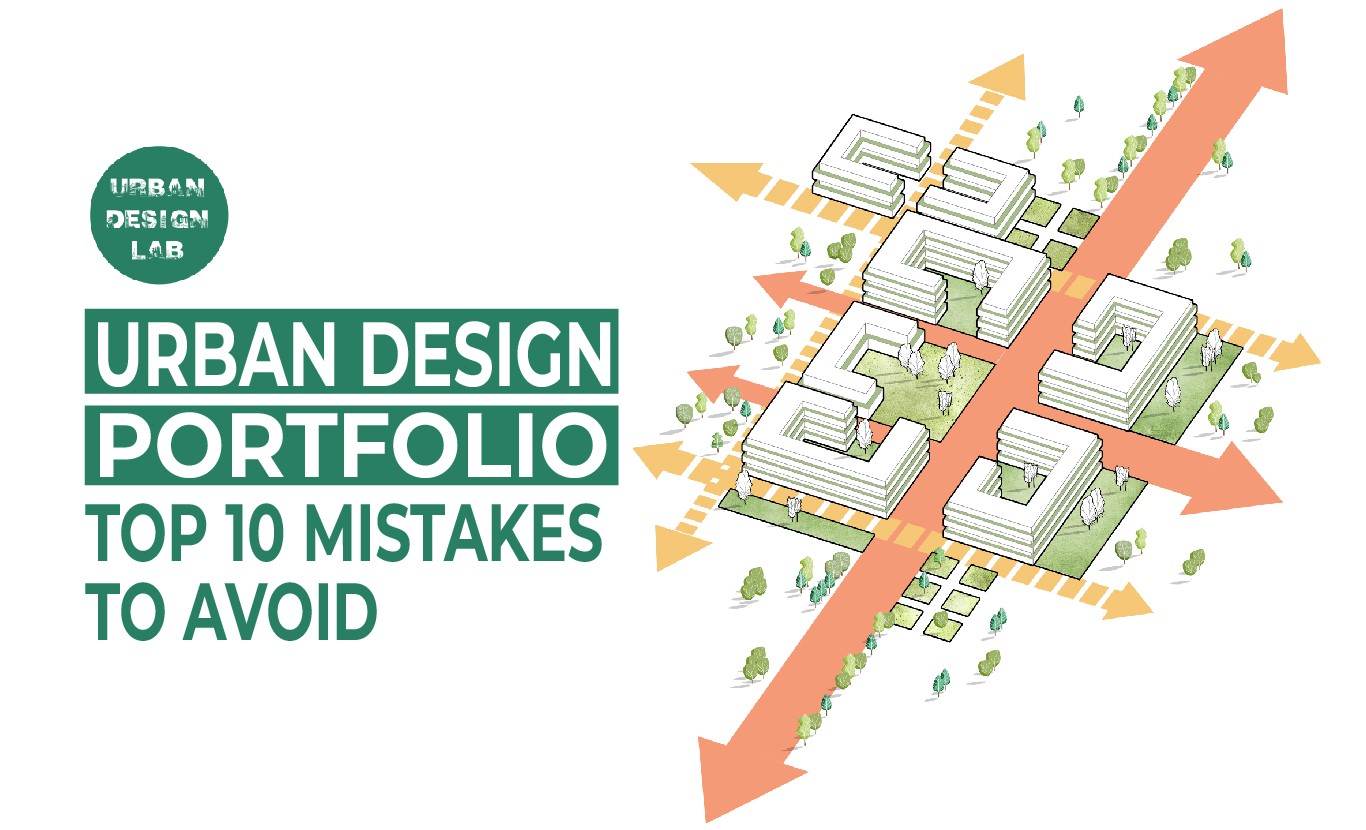
Adaptive Reuse: Istanbul Salt Repository
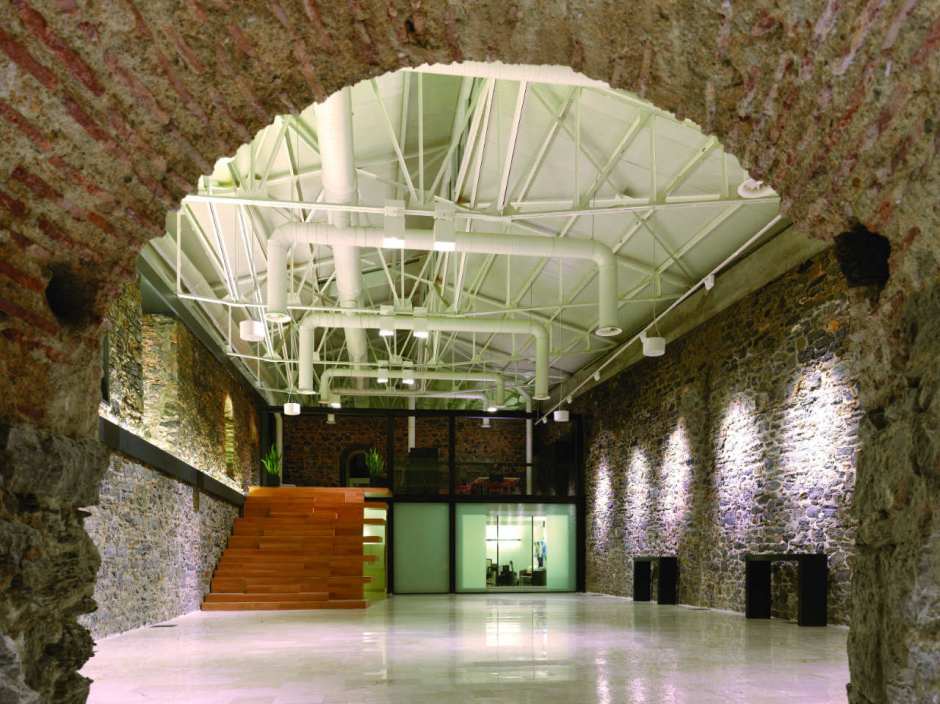
Erginoğlu & Çalışlar Architects study the cohesive elemets in the global language of architecture. In this adaptive reuse project the firm used their design to find the cohesive elements of time. The coding of the different elements creates a heigherarchy in the building by categorizing the different design ideaologies. The load bearing masonry with arched openings versus the steel cantilevers each show each material’s natural sturctural capabilities. The intervention of this design with the existing building is more extensive than a typical preservation project.
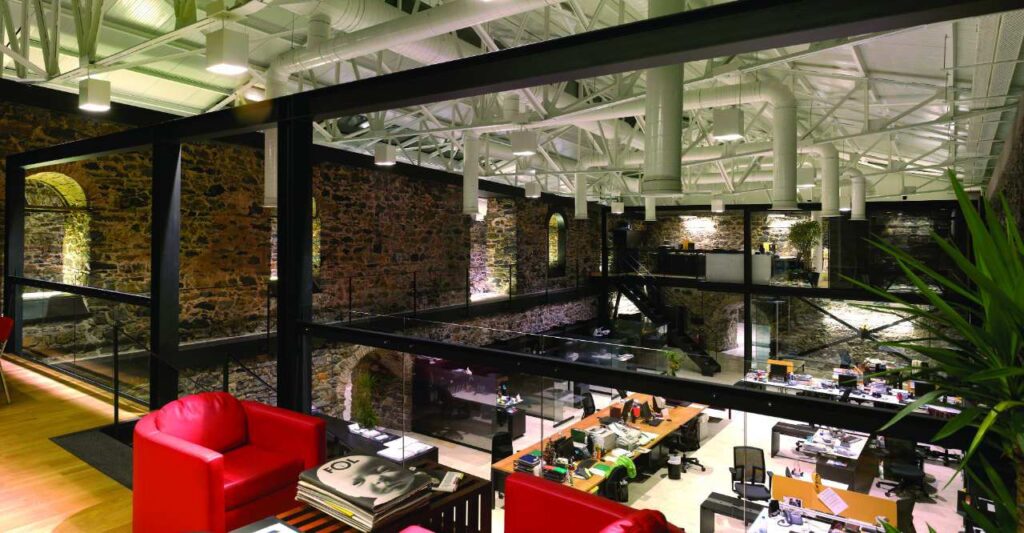
The advertising company, Medina Turgul DDB, wanted to move into the former Salt Repository near the riverfront of the Golden Horn in Istanbul. The tall industrial spaces in old factories attract creative industries and artists in many locations. In optomizing the usable office space of the building, the architects didn’t want to loose that inspiration.
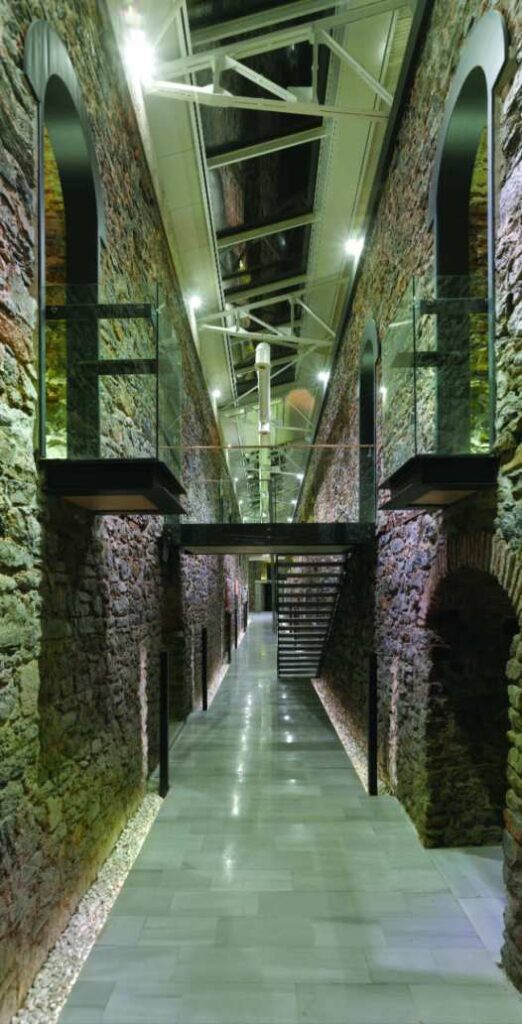
In this project, the building had already undergone multiple stages of rehabilitation over the last 170 years. The architects decided to use material colors to define the multiple stages of changes that have happened to the building: the original stone, the white roof addition from the 70’s, and the black/wood/glass additions of their new design.
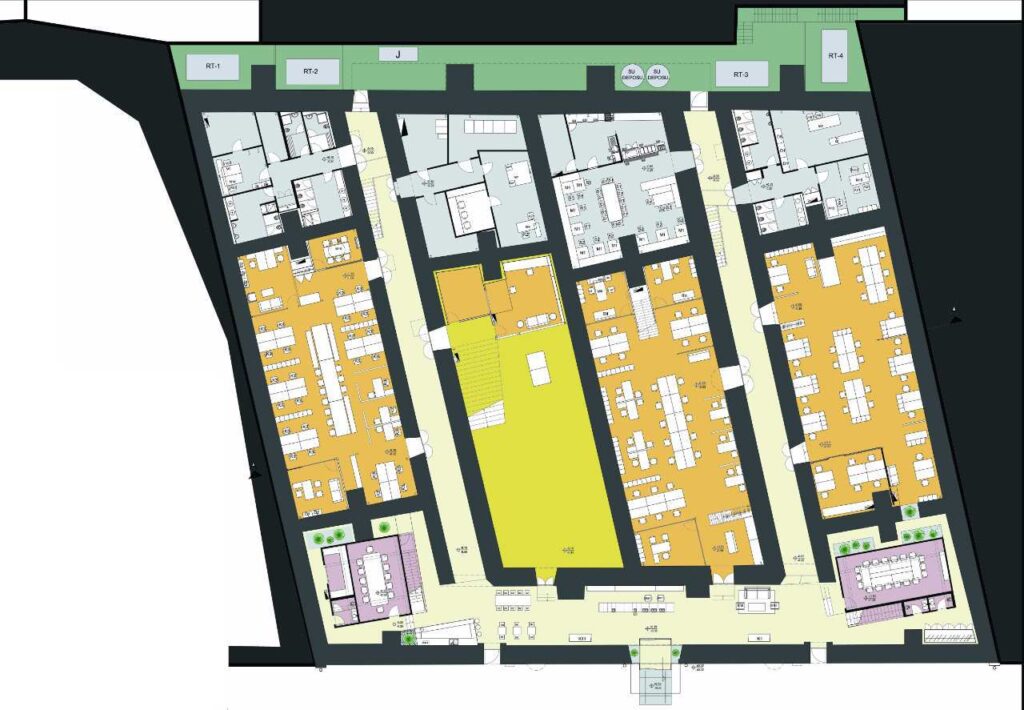
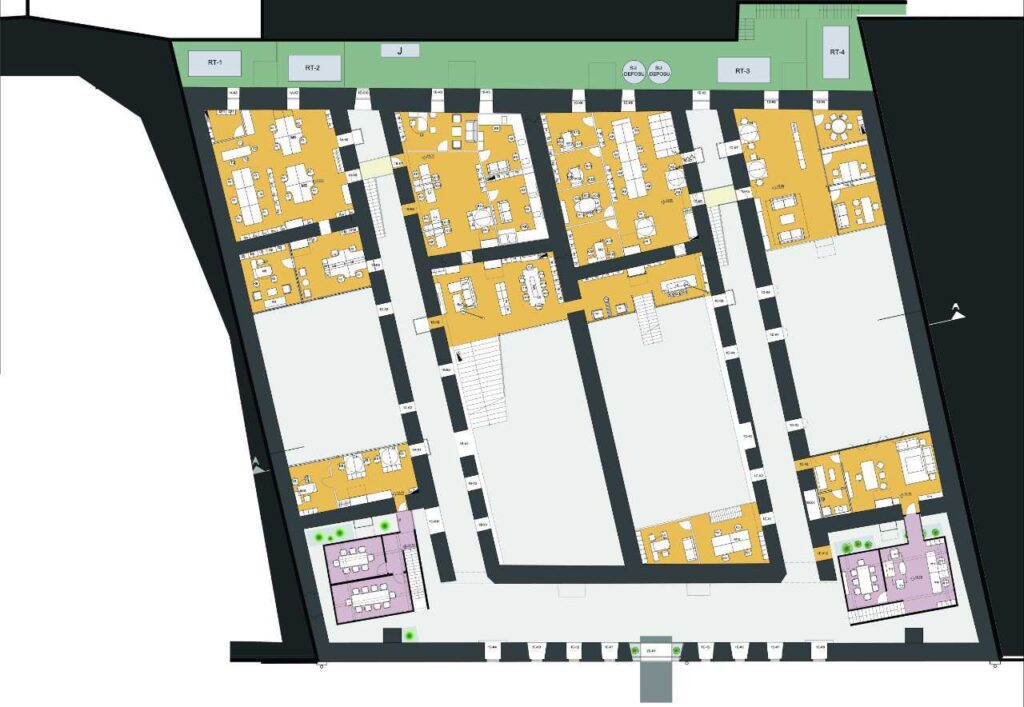
In the intervension of the existing building, the integrity of the historic quality can be lost. But to keep a building from being torn down in the face of progress, it is necessary to make the building useful. This project attempts to optimize the existing building and use design elements to respect the existing character.
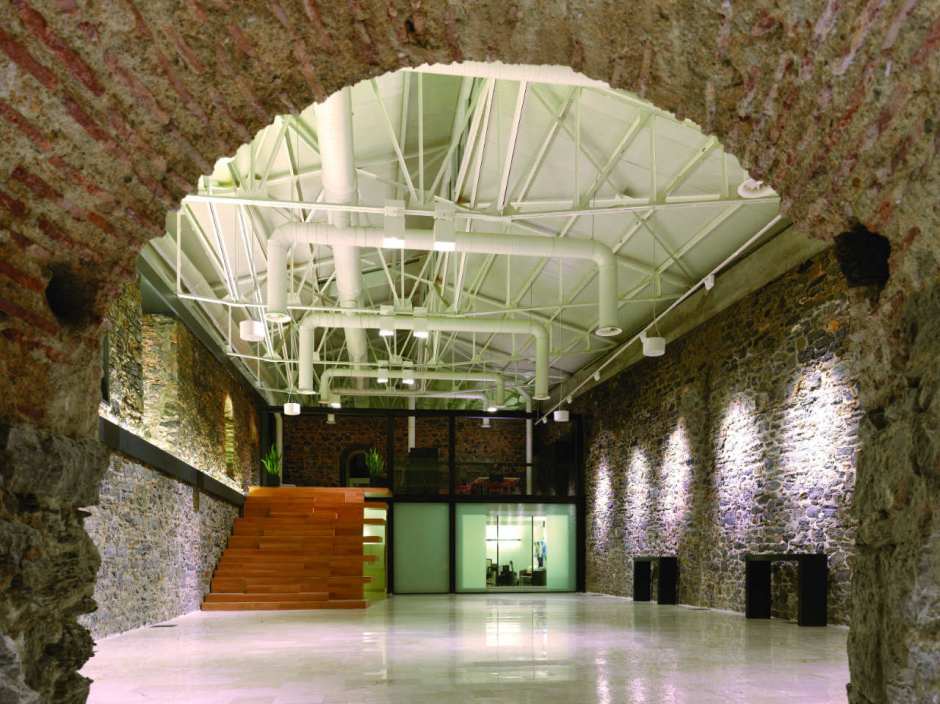
Architects: Erginoğlu & Çalışlar Architects
Location: Kasimpasa, Istanbul, Turkey
Orignal Use: Salt Repository, 170 year old building, formerly owned by TEKEL (Turkish State Liquor and Tobacco Monopoly)
Related articles


Kim Dovey: Leading Theories on Informal Cities and Urban Assemblage
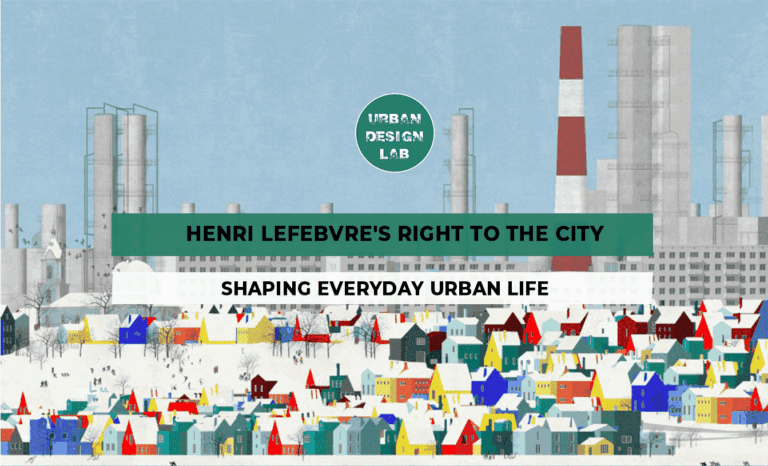
Henri Lefebvre’s Right to the City: Shaping Everyday Urban Life
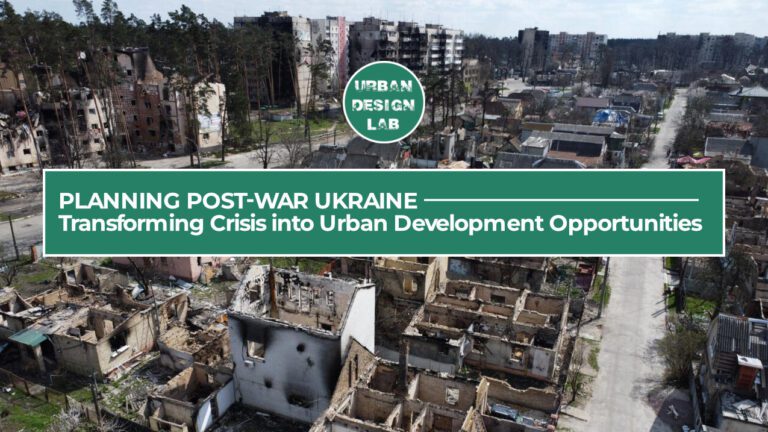
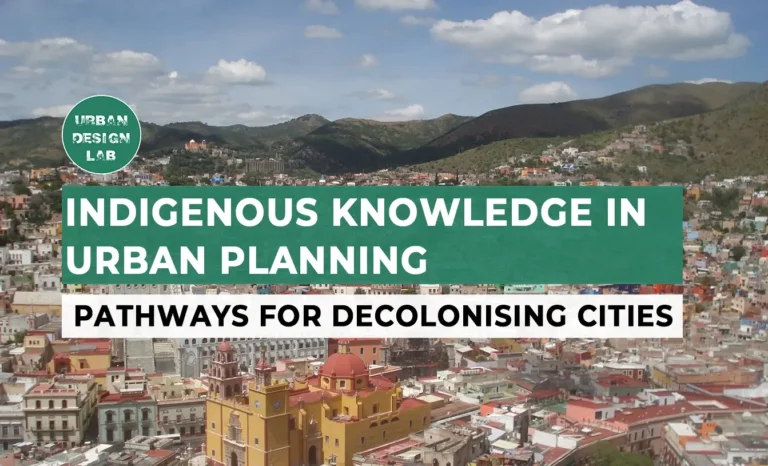
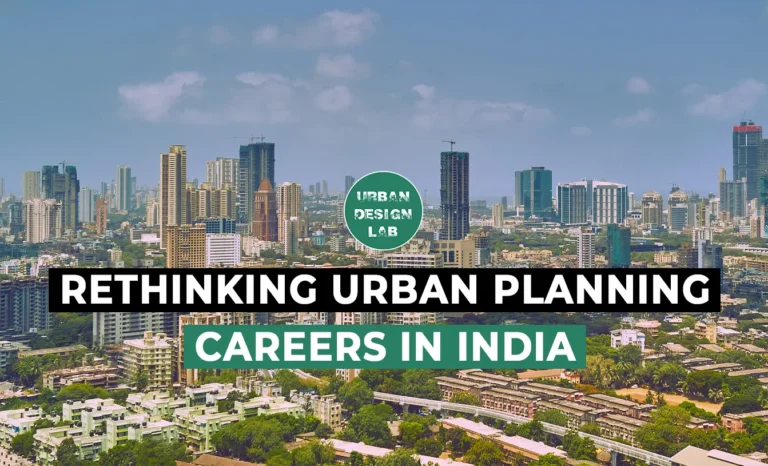
Rethinking Urban Planning Careers in India
UDL Illustrator
Masterclass
Visualising Urban and Architecture Diagrams
Session Dates
17th-18th January 2026

Urban Design Lab
Be the part of our Network
Stay updated on workshops, design tools, and calls for collaboration
Curating the best graduate thesis project globally!

Free E-Book
From thesis to Portfolio
A Guide to Convert Academic Work into a Professional Portfolio”
Recent Posts
- Article Posted:
- Article Posted:
- Article Posted:
- Article Posted:
- Article Posted:
- Article Posted:
- Article Posted:
- Article Posted:
- Article Posted:
- Article Posted:
- Article Posted:
- Article Posted:
- Article Posted:
- Article Posted:
Sign up for our Newsletter
“Let’s explore the new avenues of Urban environment together “


























